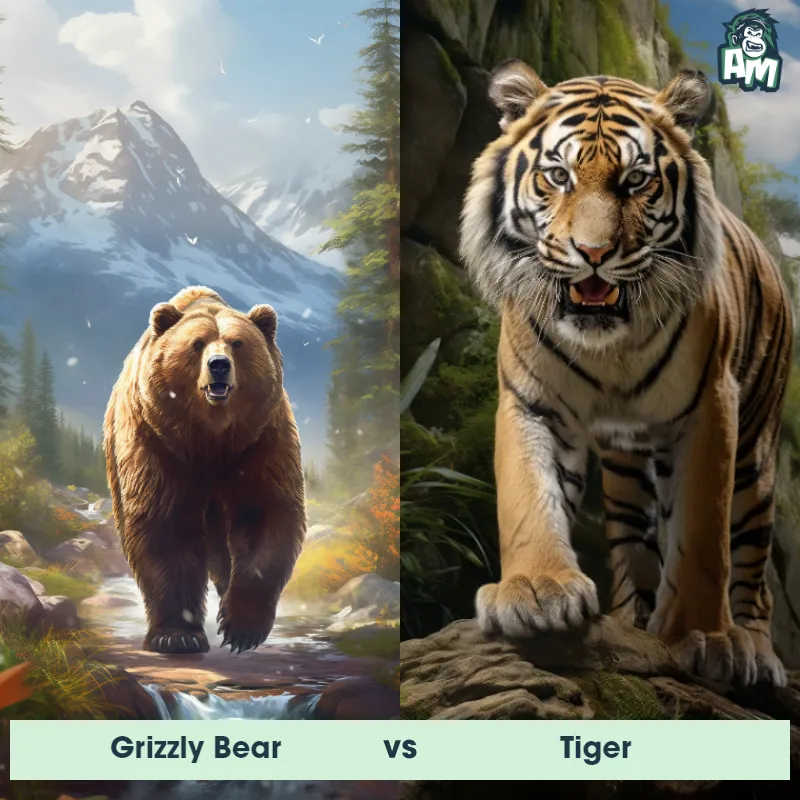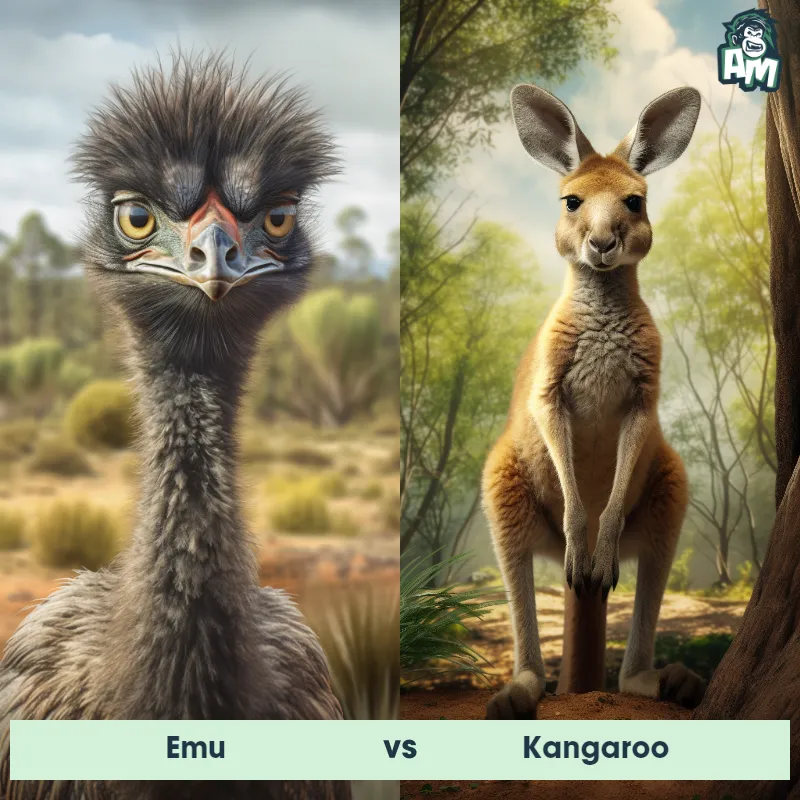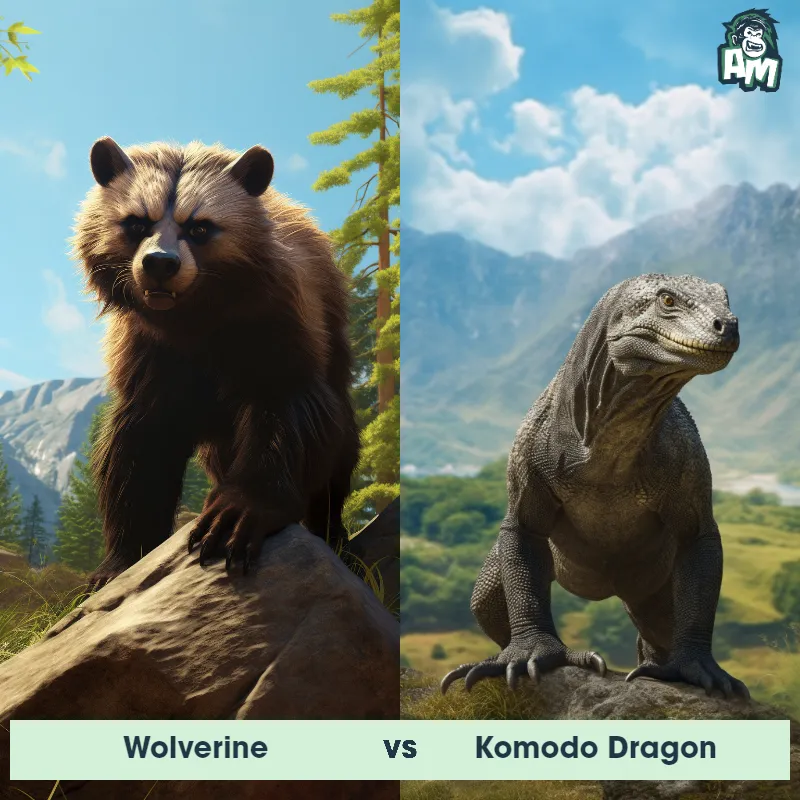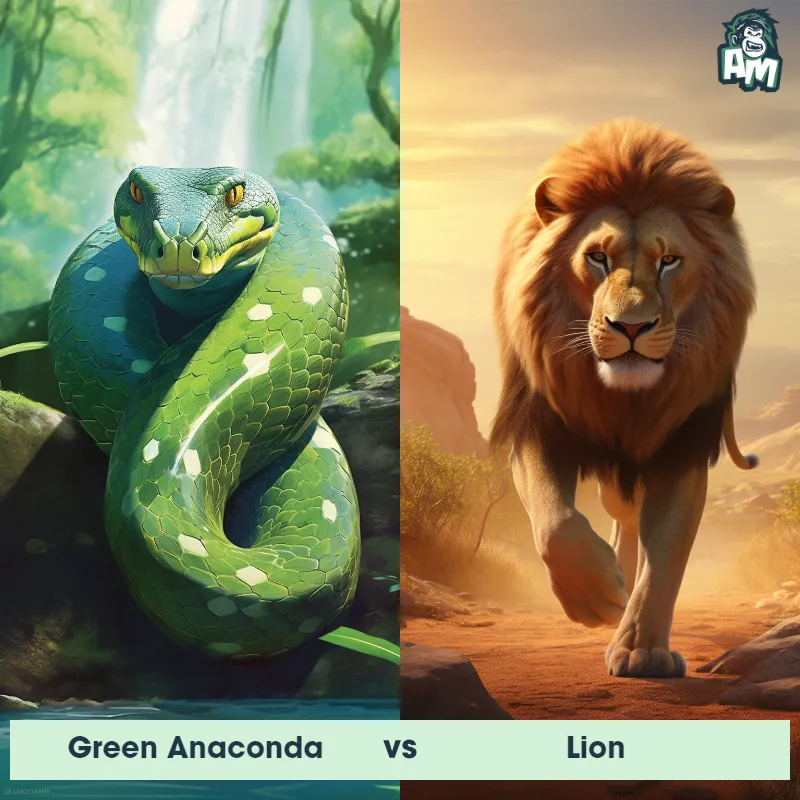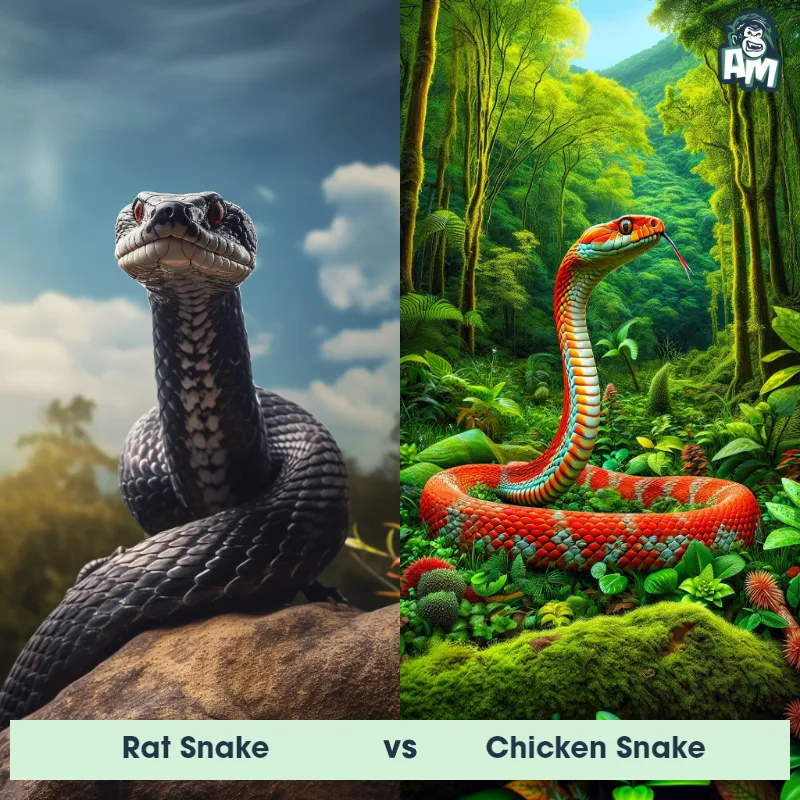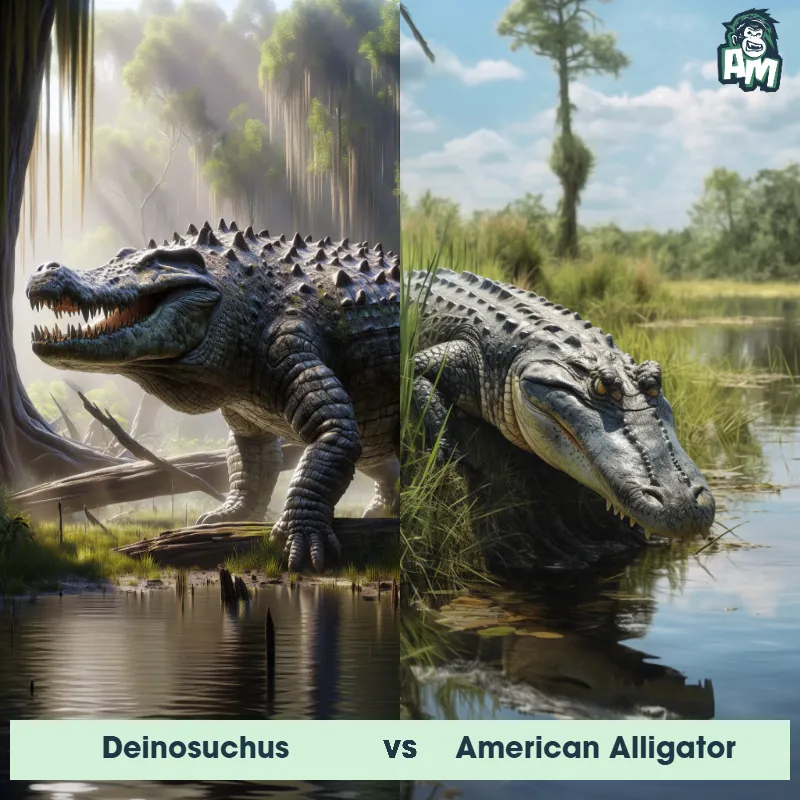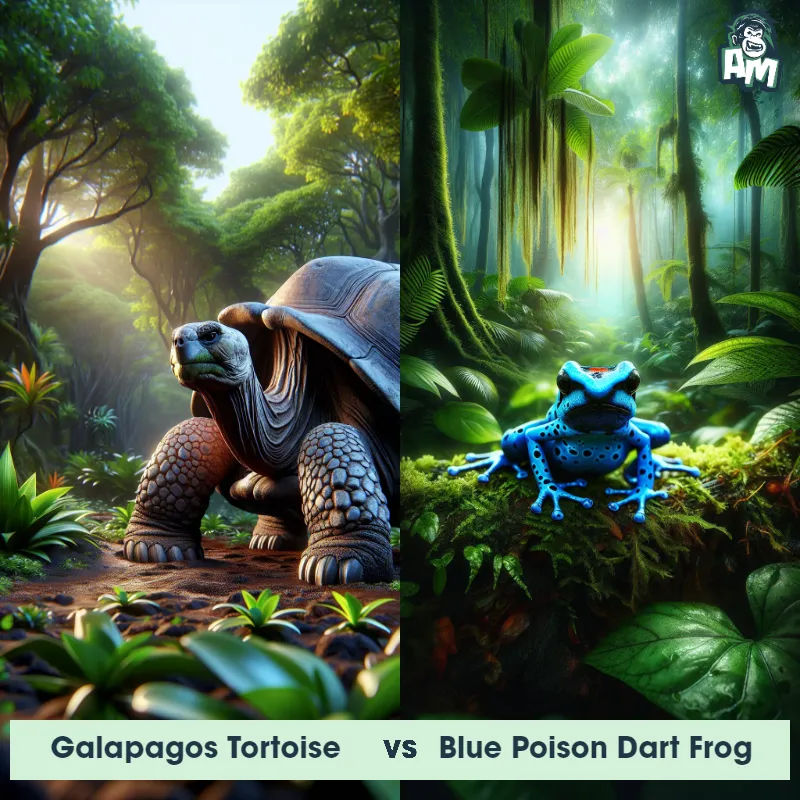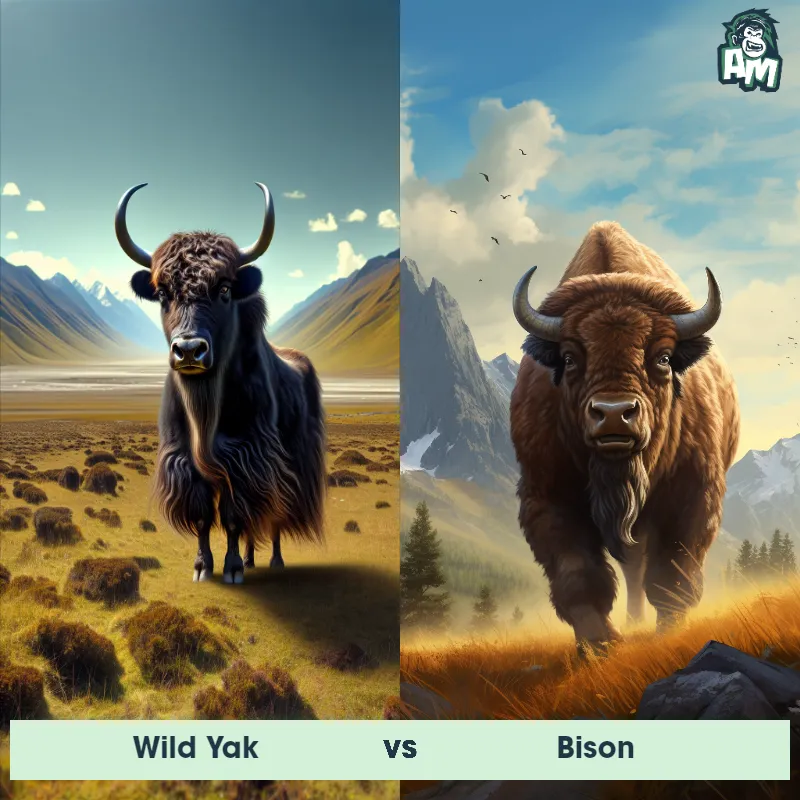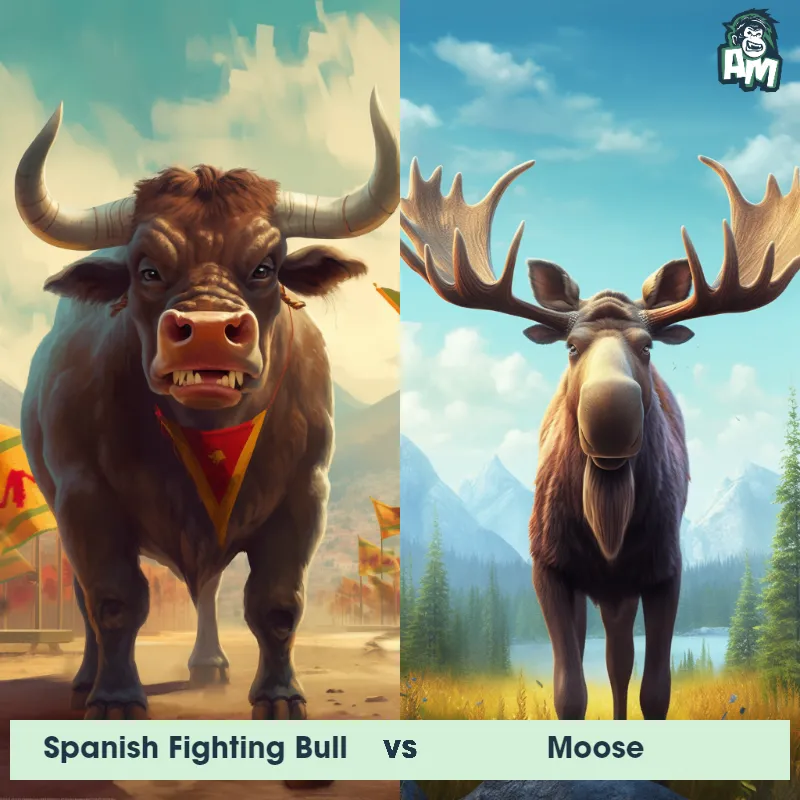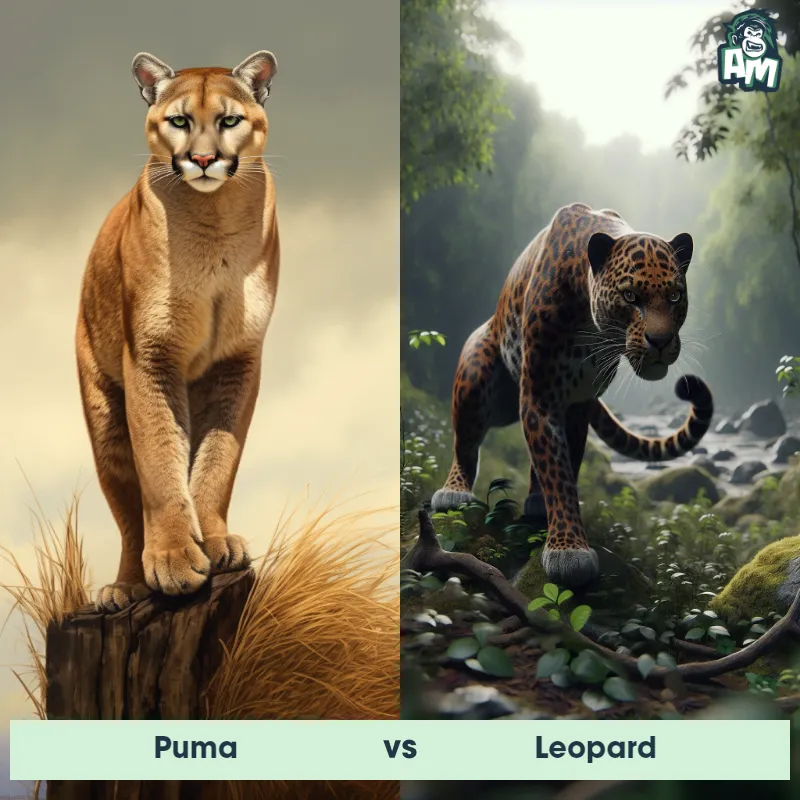Cape Buffalo vs LionSee Who Wins

Ladies and gentlemen, welcome to this thrilling showdown between two of the mightiest creatures in the animal kingdom. In one corner, weighing in at over a ton, we have the formidable Cape Buffalo, known for its ferocious strength and razor-sharp horns. And in the other corner, the graceful yet deadly king of the savanna, the Lion. This is going to be an epic battle of power versus agility, so sit back, tighten your seatbelts, and let's dive into the action!
Contender 1: Cape Buffalo
The Cape Buffalo, also known as the African Buffalo, is a large and powerful bovine species found in sub-Saharan Africa. They have a stocky build, with a broad chest and powerful legs, and can weigh up to 1,000 kg. Their coat is dark brown or black, and they have large, curved horns that can span up to 1.5 meters. Cape Buffalos are known for their aggressive behavior and are considered one of the most dangerous animals in Africa.
Fun Fact: Cape Buffalos have a reputation for being one of the "Big Five" game animals, along with lions, leopards, elephants, and rhinoceroses.
Contender 2: Lion
The lion, often referred to as the 'king of the jungle,' is a large, powerfully built cat known for its tawny coat and, in males, a magnificent mane. They are native to Africa and a small region in western India. Adult male lions can weigh up to 420 pounds, while females, who are primarily responsible for hunting, are slightly smaller. Lions are social animals and live in groups called prides, which are usually composed of related females, their cubs, and a small number of adult males.
![[object Object] Gif](https://tenor.com/view/lion-yawning-yawn-tired-exhausted-gif-12230852.gif)
Fun Fact: Lions are the most socially inclined of all wild felids, most of which remain quite solitary in nature.
Matchup Stats
| Cape Buffalo | Lion | |
|---|---|---|
| Size | Height at shoulder: 1.0-1.7 meters (3.3-5.6 feet); Length: 1.7-3.4 meters (5.6-11.2 feet) | 4.5 to 6.5 feet long (body length), 3.5 to 4 feet tall at the shoulder (1.4 to 2 meters long, 1 to 1.2 meters tall) |
| Weight | 500-1,000 kg (1,100-2,200 lbs) | Up to 420 pounds (190 kilograms) |
| Speed | Speed: 35 mph (56 km/hr) | 50mph (80km/h) |
| Key Strength | Powerful charge and sharp horns | Powerful build, strong jaws, sharp claws |
| Biggest Weakness | Poor eyesight and slow movement | Less agile compared to other big cats, dependent on strength and power |
Current Votes
Cape Buffalo vs Lion
See Who Wins
View More Matches
Looking For More?
Similar Matches
Scientific Stats
| Cape Buffalo | Lion | |
|---|---|---|
| Scientific Name | Syncerus caffer | Panthera leo |
| Family | Bovidae | Felidae |
| Habitat | Grasslands, savannas, and forests | Grasslands, savannas, dense bush, and woodlands |
| Geography | Sub-Saharan Africa | Africa and a small region in western India |
| Diet | Herbivorous, feeding on grasses, leaves, and other vegetation | Carnivorous, primarily large ungulates |
| Lifespan | 15 years - 25 years | 10 years - 14 years |
Key Differences between Cape Buffalo and Lion
- Facial Features: Lions have well-defined facial features, including a distinctive muzzle, prominent whisker pads, and a strong jawline, whereas Cape Buffalos have a larger, broad head with a wide forehead.
- Mane: Male Lions are easily recognized by their majestic mane, a thick growth of hair around the neck and head that can be light or dark-colored, while Cape Buffalos do not have a mane.
- Horns: While Cape Buffalos possess distinctive, large, heavily curved horns that form a continuous bone shield called a "boss" on top of their head, Lions do not have horns.
- Size: The Cape Buffalo is significantly larger than the Lion, with adult males weighing up to 1,500 pounds compared to the lion's average weight of around 420 pounds.
- Color: Cape Buffalos have a dark brown to black coat, often with a thick layer of mud, while Lions have a tawny or light brown coat.
- Tail: Lions have a long tail with a bushy tip, while Cape Buffalos have a shorter, tufted tail that ends in a cluster of coarse hairs.




